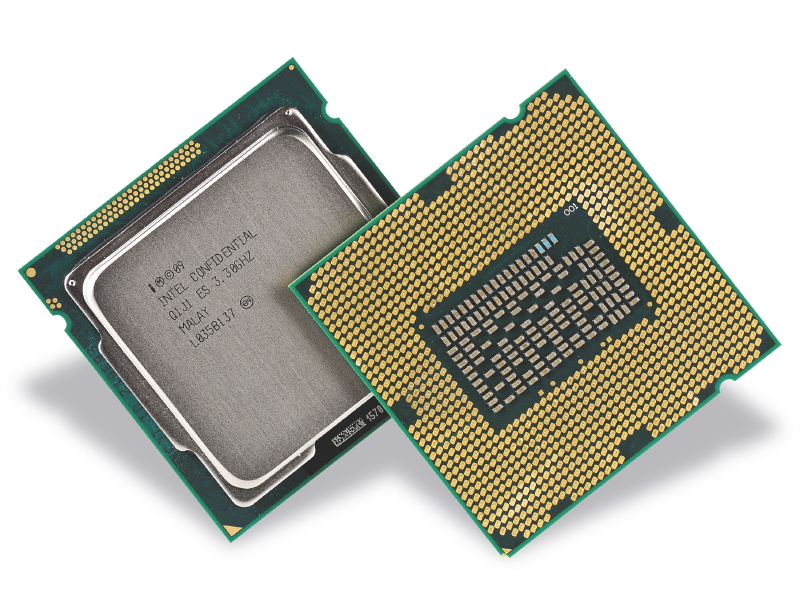Intel Sandy Bridge problem: why it's bad news
Embarassment for Intel's new platform

Barely a month after the world proclaimed the latest series of processors and motherboard chipsets from Intel were the best things since sliced silicon we've got a recall on our hands.
Intel Sandy Bridge is all a bit of a mess isn't it?
Intel recently discovered that a support chip on the Sandy Bridge 6-series motherboards, codenamed Cougar Point, was causing degradation issues with the affected board's SATA ports.
It's a question of b0rked silicon, so there's no softly, softly, software update solution available. It's all a question of replacing the broken chip at a manufacturing level.
It's not all the 6-series motherboards that are affected, though: only a small percentage have the issue according to Intel and other motherboard manufacturers.
So if you're sitting on some brand new Sandy Bridge silicon and your heart leapt into your mouth when you heard about the issue, it shouldn't be a huge worry for you.
Your CPU's fine, for the most part your motherboard's fine, and it's not going to be killing your hard drives either. It's also only affecting the SATA 3Gbps ports on the problem boards, too, so as long as you plug into the 6Gbps sockets you'll be fine.
Sign up for breaking news, reviews, opinion, top tech deals, and more.
And if yours is one of the affected boards you'll get it replaced at Intel's cost as it's already gone into production of the replacement silicon.
But it's surely a massive worry for Intel.
That's despite the fact the $700 million Intel has estimated it will take to repair and replace the 'affected materials' is barely a drop in the ocean compared to its huge revenue.
Given that the variance in its projected first quarter revenue is plus or minus $400 million, that recall hit starts to look relatively minor.
When you're looking at revenue of $11.7 BILLION in the first quarter of this year alone that's almost pocket lint…
What it will affect, though, is consumer confidence.
AMD to capitalise?
And that's something that could play into the AMD-shaped competition's hands when it releases its brand new CPU architecture, Bulldozer, this Spring.
AMD has stuck by its sockets, and only with the imminent release of Bulldozer are we going to see a new chip socket, the AM3+.
And even that is going to be backwards compatible.
If Bulldozer can compete on any level with Intel's architecture then there is now going to be a real processor bun fight as the days get longer.
Intel has already taken a bit of a hit in the press over the lack of access to the integrated graphics goodness of the QuickSync Video transcode engine with the P67 chipset.
And we've been hammering its marketing department for the longest time about the obfuscation of its product lineup. I still struggle to understand why we can now have three Core i7 motherboard chipsets and three Core i7 processors and they'll all be mutually incompatible.
But we always forgave Intel because it had the best silicon available. The Intel Sandy Bridge problem is going to put doubt in the consumer's mind at least.
------------------------------------------------------------------------------------------------------
Liked this? Then check out The Core i7 2600K and Core i5 2500K review
Sign up for TechRadar's free Weird Week in Tech newsletter
Get the oddest tech stories of the week, plus the most popular news and reviews delivered straight to your inbox. Sign up at http://www.techradar.com/register